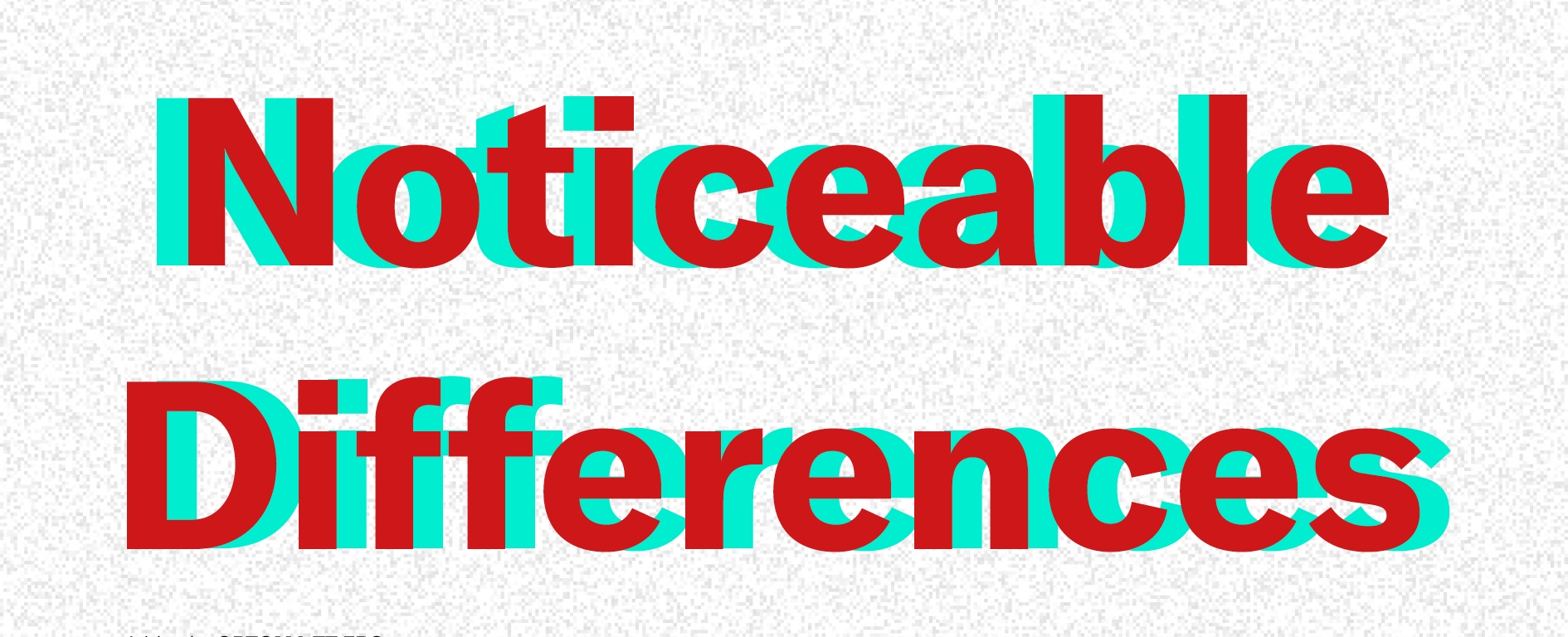Optometric experience during my VT practice: Experiencing ‘noticeable differences’, a main issue of Vision Training.
Whether you give vision training to children or to adults, it is always very important that you let the individual perform the exercises in a conscious way. The task of a functional optometrist is to strive together with the individual for a better visual rendement, more comfortable vision, improvement of learning situations ect. After a thorough visual analysis, a diagnosis and prognosis must be drawn up, which must then be clearly communicated to the client. The optometrist must also be able to evaluate the motivation of the client as this is partly an important condition for achieving success. The functional optometrist will then set up a well-organized Vt program that will gradually bring the visual training to a higher level.
In any type of training, in order to achieve more efficient performance, the exercises must be performed in such a way that the person in question deliberately notices the small changes so that improvements can be integrated into his “Being” (Gestalt= man as a wholistic whole).
The “Gestalt” consists of many functional processes in which it is possible to influence and knead its operation, through training or therapy, at all times. In case of ‘vision’, these functional, visual areas were nicely mapped by Skeffington, who established his model on the basis of the 4 circles: Anti-Gravity, Centering Process, Identification Process and Speech-Auditory Process. The vision training of these sub-areas leads to a change of the learning process because ‘Vision’ that covers the 4 sub-areas is the result and also the reflection of the “learning process” of the individual at that moment.
Observing noticeable differences during training procedures is of fundamental importance:
During the vision training that you offer your trainee, procedures are applied that are organized and constructive. Every exercise can be performed at different levels.
To clarify this, I take the Brock String exercise as an example :
- hold the rope correctly with or without help
- first learn to fixate the eyes on the different beads
- Pay attention to the other beads that are in the field of vision without fixating them
- fixate one bead and have it described what happens to the rope, and especially with the non-fixating beads
- to learn to recognize physiological diplopia (deduplication of non-fixating beads)
- ask questions about the sharpness of each bead
- ask questions about the feeling of the eye position which is linked to the different fixation distance
- to increase the rhythm, but sometimes also to lower it by taking the leaps between the different pearls
- randomly fixating the beads in succession
The implementation and questioning must be applied in such a way that the individu learns to see and feel the differences!
Afterwards, the exercise can be made more difficult by integrating other impulses during the execution:
- to have the exercise done while sitting, standing, walking
- to have the exercise performed with a metronome
- let the number of fixation jumps count during the exercise and during a certain period of time
- include the peripheral vision during the exercise, i.e. see or stand objects in the surrounding area. Explain what figure and ground is.
Training consciously applies to both the optometrist and the trainee. In order to be able to raise the level of awareness of your clientele, you as a visual trainer must also be very involved in the execution of the procedures by giving constant feedback. This allows the level and integration of the improved visual capabilities to be implemented more efficiently.
In addition to the questions that you need to implement as a supervisor during the visual training, you can also use extra training techniques to experience noticeable differences:
- the use of positive and negative lenses,
- the use of +/- flippers
- the use of prisms as extra input to make the exercise more difficult and learn to notice differences.
When we take the exercises to a more conscious level, then the visual training will be much more well-founded and the person will use the changes as an automatism. This should be the target when visual training is offered. Apply this way of training during the entire visual training program.
Sonja Vanhimbeeck, Functional Optometrist

